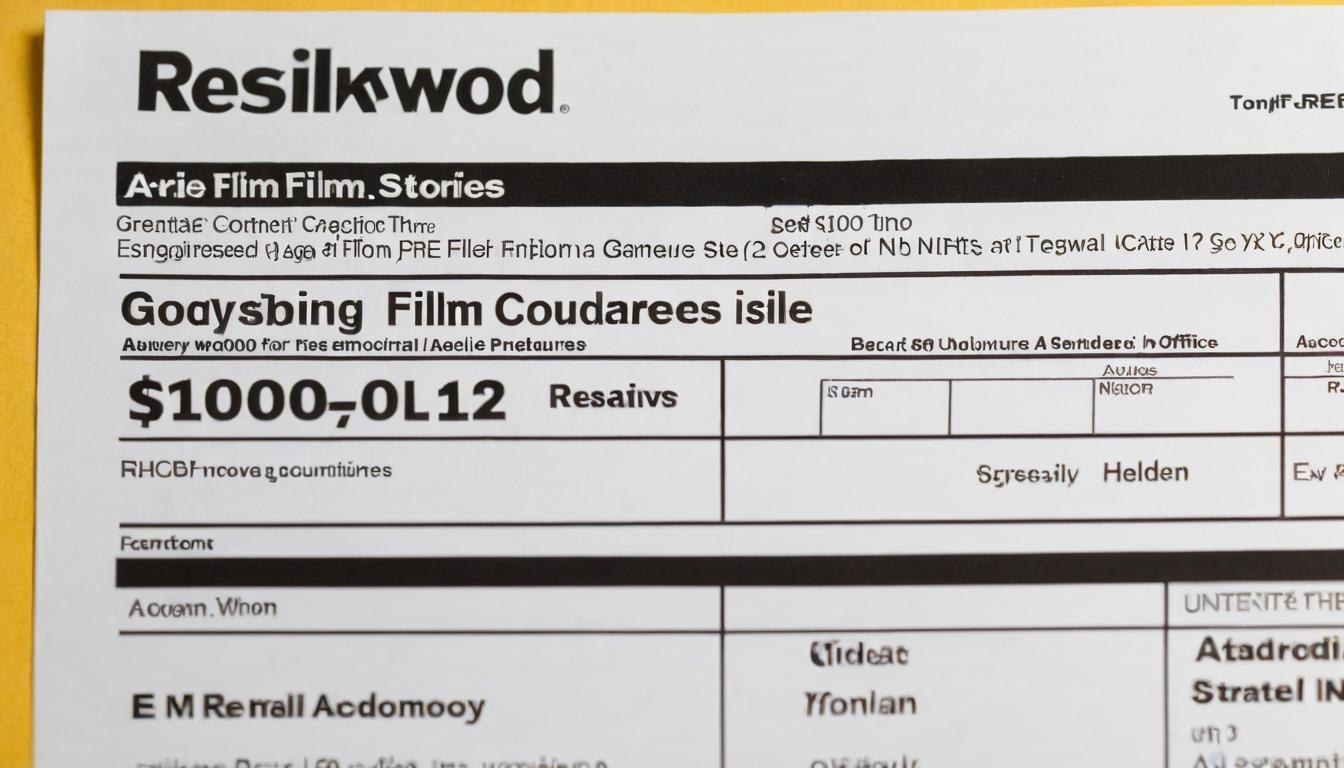In the shadow of billion-dollar franchises and A-list celebrities, there exists a parallel economy of cinema that rarely makes headlines. While audiences flock to Marvel openings and Oscar contenders, thousands of films slip through the cracks each year—not quite failures, not quite successes, but financial entities with stories more fascinating than their plots.
These mid-budget productions, often ranging from $5 million to $30 million, operate in a gray market of international pre-sales, tax incentives, and streaming backend deals. A film might lose money theatrically yet become profitable through airline licensing, hotel pay-per-view, and territory-by-territory television rights sold years before cameras even roll.
Take the case of 2023's 'Shadow Protocol,' a geopolitical thriller that earned just $8 million domestically. Behind the scenes, it had already secured $12 million from European broadcasters, $3 million from Asian streaming platforms, and another $2 million from Middle Eastern distributors. The producers actually turned a profit before the premiere—a fact buried in trade publication footnotes.
Then there's the curious afterlife of straight-to-streaming titles. Films like 'Midnight Runaway' and 'Desert Bloom' might have vanished from public consciousness, but their financial footprints linger for years. Performance-based bonuses, residual calculations, and platform algorithm performance can mean the difference between a tax write-off and a slow-burn success.
International co-productions create even more complex financial layers. A Canadian-French-Belgian drama might qualify for tax credits in three countries, receive grants from cultural foundations, and pre-sell to territories based on the lead actor's marketability in specific regions. The film's artistic merit becomes almost secondary to its function as a financial instrument.
Even box office 'flops' often have redemption arcs. The 2022 sci-fi film 'Nebula Drift' was considered a disaster after its theatrical run, but its merchandise licensing—particularly in Japan—and subsequent cult status on streaming services generated more revenue in two years than its original release.
Film festivals play their own financial games. Acquisition prices at Sundance or Cannes often have little correlation with eventual earnings. A $10 million purchase might be written off as a marketing expense rather than a genuine investment, with studios valuing prestige over profitability.
The most intriguing cases involve films that were never intended to be hits. Low-budget horror movies often serve as loss leaders for production companies, allowing them to maintain output deals with streamers while funneling resources into more ambitious projects. These 'placeholder films' keep the lights on while chasing the next big thing.
VOD windows have created yet another revenue stream that defies traditional measurement. A film might earn modest theatrical returns but find unexpected life through $5.99 digital rentals—transactions so decentralized that even studios struggle to track their full impact.
Foreign pre-sales often dictate creative decisions in ways audiences never see. A German distributor's investment might guarantee a certain actor's participation to satisfy market demands, while a Korean streamer's advance payment could determine the inclusion of specific action sequences.
Even audience metrics have become financial instruments. Streaming services use completion rates and engagement scores to renegotiate licensing fees years after initial deals were struck. A film that keeps viewers watching past the 70% mark might suddenly become valuable again in secondary markets.
The next time you see a forgettable thriller or middling comedy, remember: you're not just watching a story. You're witnessing the surface manifestation of a complex global financial ecosystem where artistic failure and commercial success often wear disguises.
The hidden economics of Hollywood's forgotten films

